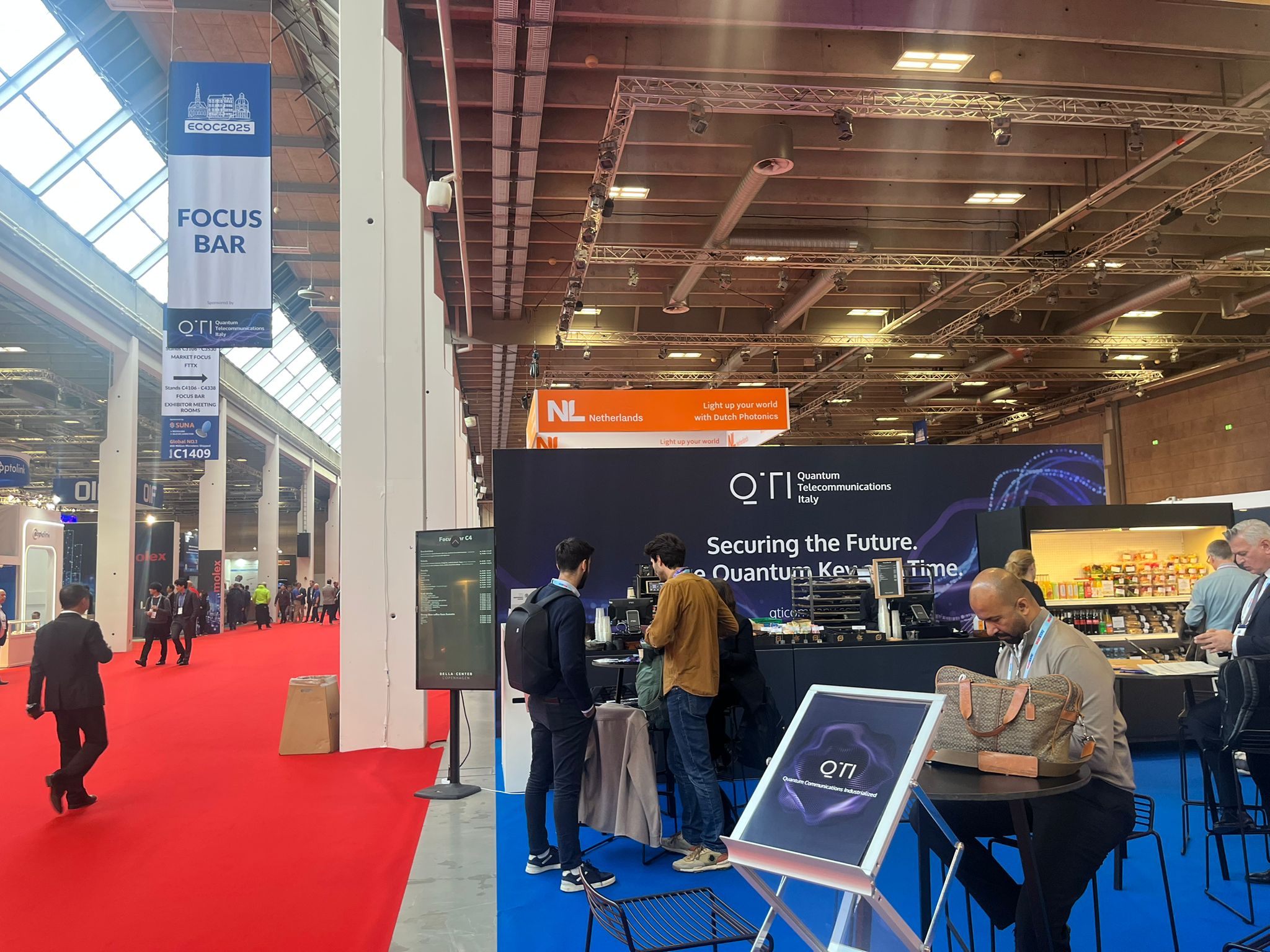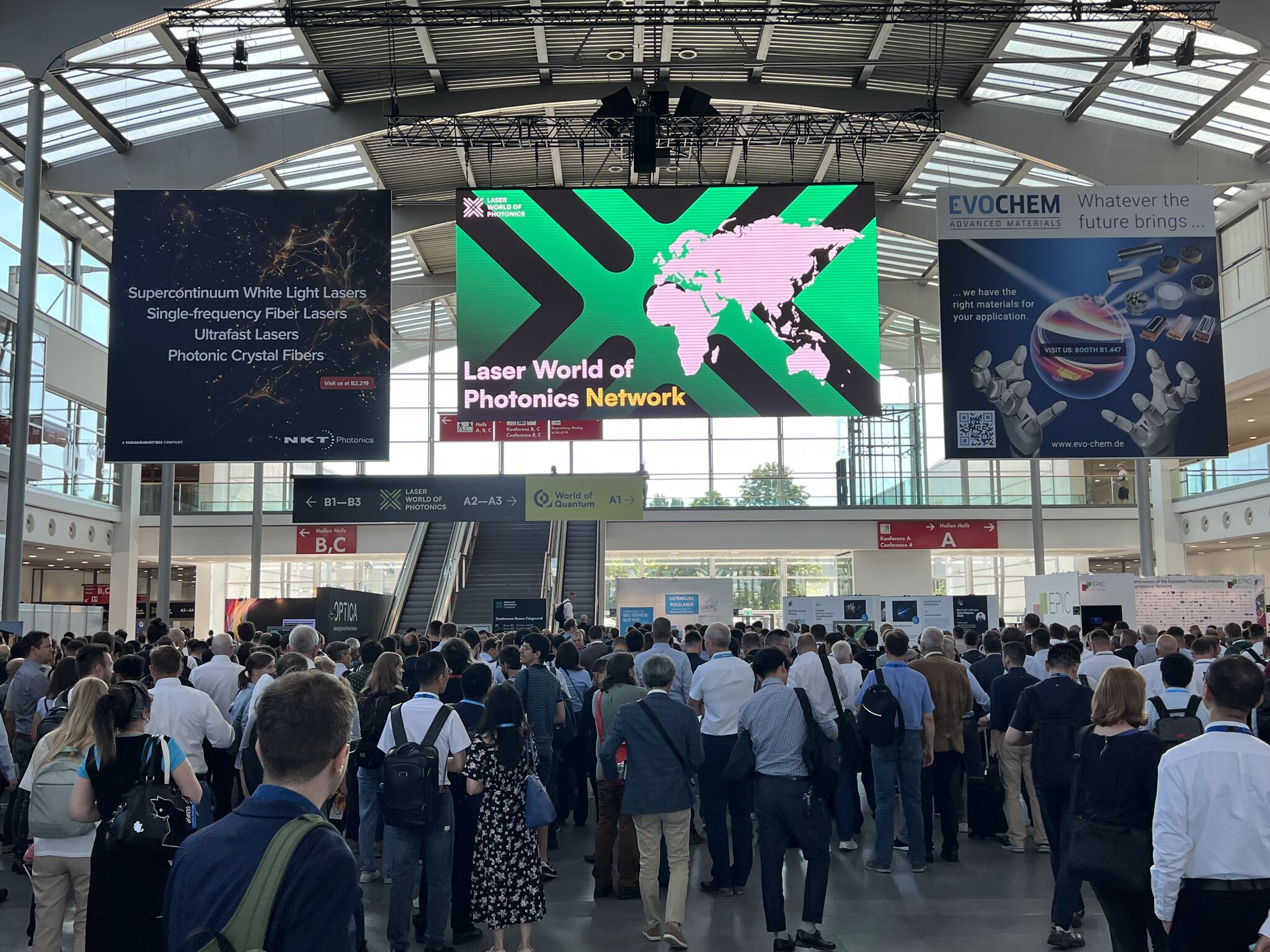The Quantum Internet is a revolutionary prospect in the field of telecommunications: by exploiting the laws of quantum mechanics, it guarantees full security and efficiency in the exchange of information. However, technical and scalability challenges make large-scale implementation still a goal to be achieved.
The Quantum Key Distribution (QKD) protocol, through which the quantum Internet can be established, needs to improve the speed of cryptographic key generation, which is currently lower than that offered by traditional telecommunications systems, especially over fibre optics.
The team composed of researchers from QTI, the University of Florence, the University of L’Aquila, the Technical University of Denmark and the National Institute of Optics of the National Research Council (CNR), has developed a quantum communication method capable of doubling the speed of cryptographic key generation and conducted the first demonstration by multidimensional states on the state-of-the-art multi-core fibres, the world’s only such fibre asset in an urban environment installed in the city of L’Aquila as part of the INCIPICT project.
The new method of key generation based on multidimensional quantum states, made object of the scientific publication Practical high-dimensional quantum key distribution protocol over deployed multicore fiber in Nature Communications, allowed to achieve a final rate of secure key transmission of 51.5 kbps over a 52 km long channel, a value twice as high as what can be achieved in the same infrastructure with a traditional qubit-based system.
Link to the Publication: Practical high-dimensional quantum key distribution protocol over deployed multicore fiber

From the right, Cristian Antonelli (Università dell’Aquila), Mujtaba Zahidy (DTU), Davide Bacco (Università di Firenze), Domenico Ribezzo (Ino-Cnr), Antonio Mecozzi (Università dell’Aquila) in the INCIPICT Lab in L’Aquila during the experiment



